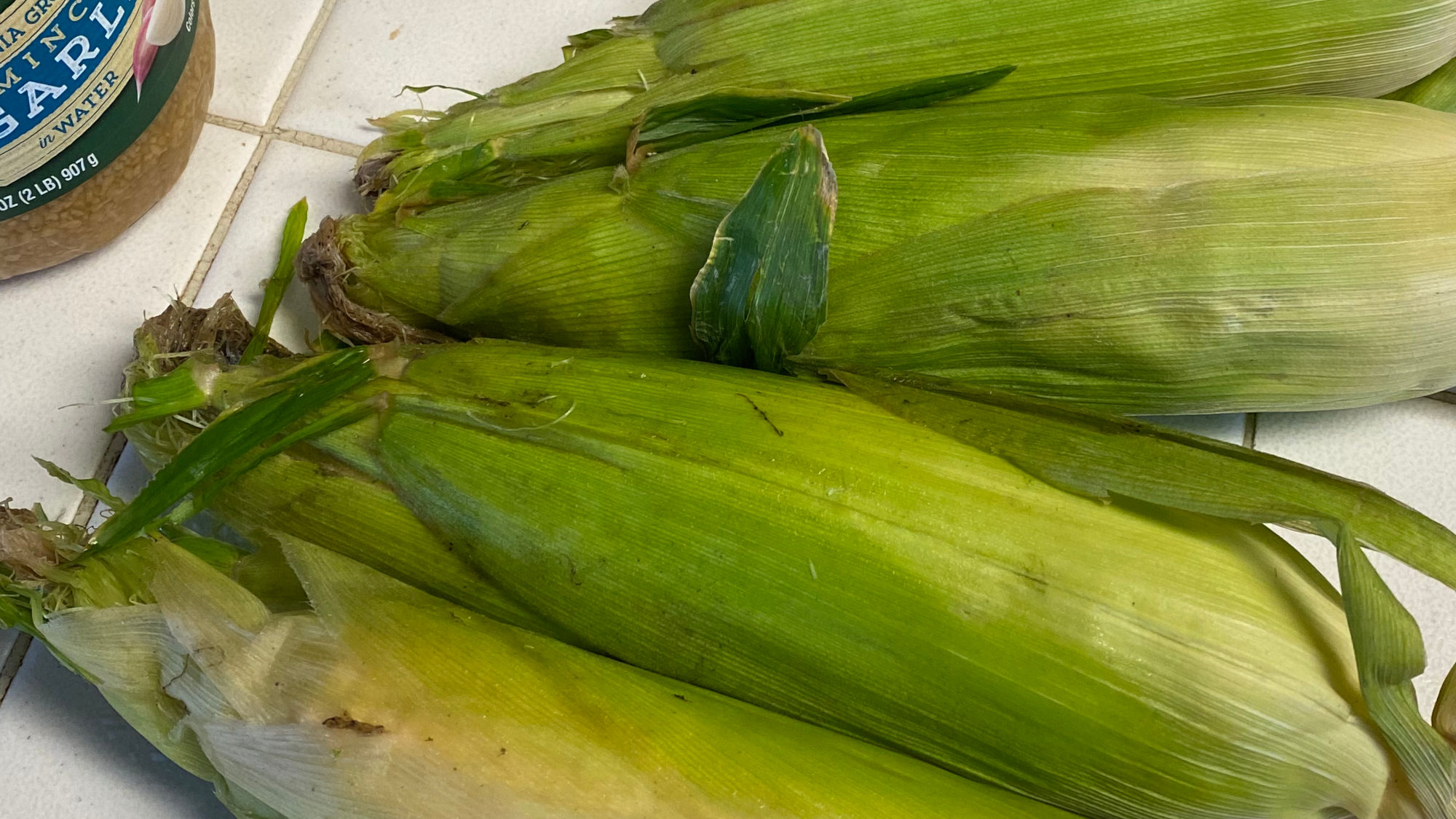Food Labels
Nutrition Facts
FOOD LABELSKITCHEN GADGETSRESTAURANTS
VEGETABLES:
VEGETABLES:
Updated: April 2025
Posted: February 2023

Corn can be a Vegetable or a Grain
Corn can be considered either a grain or a vegetable, based on when it is harvested. The maturity level of corn at harvest affects both its use at meals and its nutritional value. Corn that is harvested when fully mature and dry is considered a grain. It can be milled into cornmeal and used in such foods as corn tortillas and cornbread. Popcorn is also harvested when it matures and is considered to be a whole grain. On the other hand, fresh corn (e.g., corn on the cob, frozen corn kernels) is harvested when it is soft and has kernels full of liquid. Fresh corn is considered a starchy vegetable. Its nutrient content differs from dry corn, and it is eaten in different ways - often on the cob, as a side dish, or mixed with other vegetables
Corn is a cereal grain first domesticated by indigenous peoples in southern Mexico about 10,000 years ago. Around 4,500 years ago, maize began to spread to the north. Maize was first cultivated in what is now the United States at several sites in New Mexico and Arizona about 4,100 years ago. During the first millennium AD, maize cultivation spread more widely in the areas north. In particular, the large-scale adoption of maize agriculture and consumption in eastern North America took place about A.D. 900. Native Americans cleared large forest and grassland areas for the new crop.
- The term maize is preferred in formal, scientific, and international usage as the common name because this refers specifically to this one grain whereas corn refers to any principal cereal crop cultivated in a country.
- Corn has become a staple food in many parts of the world, with the total production of corn surpassing that of wheat or rice.
- In addition to being consumed directly by humans corn is also used for
- Corn Ethanol
- Animal Feed
- Corn Starch
- Corn Syrup
- Major Types of Corn
- Dent Corn
- Flint Corn
- Pod Corn
- Popcorn
- Flour Corn
- Sweet Corn
- Most widely grown grain crop throughout the Americas
- 92% of the US corn crop was genetically modified in 2016
- Because it is cold-intolerant, in the temperate zones corn must be planted in the spring.
- In the United States, a good harvest was traditionally predicted if the corn was "knee-high by the Fourth of July", although modern hybrids generally exceed this growth rate.
- Corn harvested as a grain crop can be kept in the field a relatively long time, even months, after the crop is ready to harvest; it is also harvested and stored in the husk leaves if kept dry.
Corn is a Cultigen
Human intervention is required for it to propagate. Whether or not the kernels fall off the cob on their own is a key piece of evidence used in archaeology to distinguish domesticated maize from its naturally-propagating teosinte ancestor.
USA CORN USAGE BREAKDOWN: USE: % Livestock Feed 43% Ethanol Production 30% Exports 15% Starch, Corn Oil, Sweeters 8% Human Consumption 3%
Raw, yellow, sweet corn kernels are composed of 76% water
USED IN THESE RECIPESSIDES8 IMAGESElote Mexican Street CornA-maize-ing
EAT LEVEL:
eatlife.net/recipes/mexican-street-corn.php
@highperformancespine Click on the link in the bio for more information about her program and exercises for back pain. #backpain #backpainrelief #backpainfix #sciatica #herniateddiscfix #fyp #foryoupage #lowbackpainexercise #usa #usa_tiktok #sciaticarelief #sciaticarelief ♬ original sound - High Performance Spine



